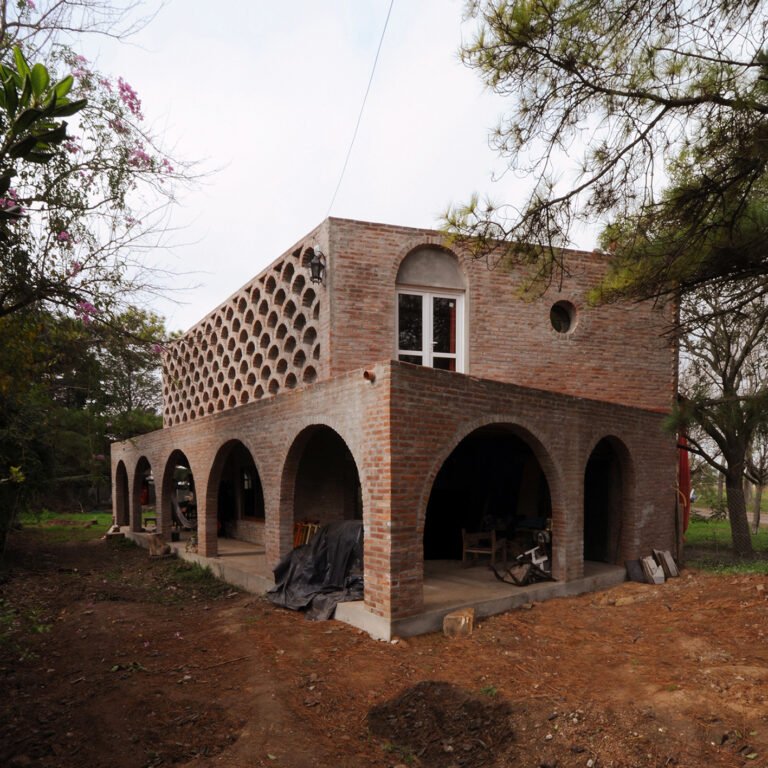How to Clean a Cast-Iron Skillet Without Ruining Your Cookware
Cast-iron skillets have been around for generations. They are a kitchen staple for making cornbread and pork chops. Yet, the resurgence of this popular cookware may still leave you wondering how to clean a cast-iron skillet properly? Do you use dish soap? Can you scrape it with steel wool? Is it okay to never, ever clean it at all?
Chef Monty Koludrovic of The Botanical Group—the force behind restaurants like E.P. & L.P. Grandmaster Recorders and Strings of Life Café in West Hollywood, California—has long befriended the cast-iron skillet for his culinary creations, and he also happens to know how to clean cast-iron cookware too. “My two absolute go-to dishes in cast iron are crispy skin fish and an open omelet or frittata,” he says. “I love working with a cast iron because the even heat distribution and consistency is there. The way that food and fat work in a cast-iron pan is unique.”
Although Koludrovic couldn’t make a meal for AD, he did take the time to share his expertise in cleaning this heavy-hitting tool. To start, gather your trusty (and dirty) cast-iron skillet, a stiff steel wool scrub brush or sponge, a dry cloth, fine salt, and olive oil. Koludrovic also recommends bringing plenty of elbow grease to the table, so you might want to do a quick stretch beforehand, just in case. Read on to learn more about his best practices, and soon you’ll be handling a cast-iron skillet’s clean routine like a chef.
How do you clean a cast-iron skillet after use?
As you can probably already tell, cast-iron cookware has a distinctive cleaning regimen compared to other enamel items in your cabinets. Whereas a Dutch oven may just need soap, warm water, a sponge, and a quick dry, that’s not always the case with every pan and skillet.
To get started, Koludrovic advises to clean the cast-iron skillet as soon as possible, and preferably while it’s still warm. “In the restaurant, we scrape down the sides as the flame cooks on any residue,” he says. Then, hand-wash the pan in hot water with dish soap, and use a stiff brush as a scraper if food residue is really caked on. “Sometimes an easy way is to add water to the skillet and bring it to a boil,” he notes. Let the water cool, and then get it clean.
It’s also worth noting that the cooking surface of a clean cast iron is sterile at 212 degrees Fahrenheit, so soap isn’t always necessary. But if you’re still uneasy, you could use a mild soap. No matter what, be sure to dry your skillet immediately when you’re finished.
Can you ruin a cast-iron pan?
If you’re lucky enough to have a dishwasher in your home, you’ve probably gotten into the habit of throwing everything into it and shutting the door so that it can do this job. However, you shouldn’t turn to a machine to help out with cleaning cast-iron cookware. “Water is okay—don’t be scared to use it,” Koludrovic says. “But stagnant water can be an issue, so don’t use a dishwasher.” The problem isn’t the cleaning part per se, it’s the fact that leaving a cast-iron skillet in any water for any extended period of time can cause it to develop rust. The same is true if you end up leaving the cast-iron cookware soaking in a sink. A rusty skillet isn’t just ugly, it can potentially cause a health issue as it harbors bacteria. Plus, no one wants a slice of cornbread with a rusty crust. To avoid the damage, always dry the cast-iron cookware with a dry cloth or paper towel once you’re done cleaning.

